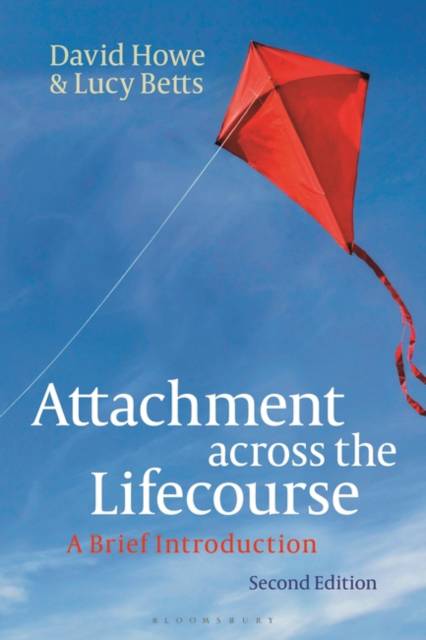
- Afhalen na 1 uur in een winkel met voorraad
- Gratis thuislevering in België vanaf € 30
- Ruim aanbod met 7 miljoen producten
- Afhalen na 1 uur in een winkel met voorraad
- Gratis thuislevering in België vanaf € 30
- Ruim aanbod met 7 miljoen producten
Omschrijving
This succinct and highly readable book provides an engaging guide to the fascinating and fast-moving field of attachment theory. It explains the key concepts and describes how the main attachment types play out both in childhood and later life, and it identifies some of the intriguing questions being explored by research, such as: 'What part do individuals' attachment histories play in adult relationships?' and 'What scope is there for attachment styles established in infancy to change later in life?'
Part I introduces the reader to the key conceptual components of modern attachment theory. Part II then covers the four main attachment patterns (secure, avoidant, ambivalent, and disorganised) that have been identified by attachment researchers. Each pattern is explored and examined as it plays out across the lifecourse. The mental health, physical health and relationship issues associated with each pattern are also considered. Part III takes a step back and acknowledges some of the unresolved questions and controversies that continue to stimulate the theory.
The second edition of this popular book has been fully revised and updated, and features a brand new chapter which considers the application of attachment theory across various settings, including forensic settings, child protection practice, and parenting interventions.
This thought-provoking and illuminating guide will be a helpful companion for students and professionals across the fields of psychology, counselling, social work, and health.
Specificaties
Betrokkenen
- Auteur(s):
- Uitgeverij:
Inhoud
- Aantal bladzijden:
- 320
- Taal:
- Engels
Eigenschappen
- Productcode (EAN):
- 9781350337756
- Verschijningsdatum:
- 24/08/2023
- Uitvoering:
- Hardcover
- Formaat:
- Genaaid
- Afmetingen:
- 156 mm x 234 mm
- Gewicht:
- 625 g

Alleen bij Standaard Boekhandel
Beoordelingen
We publiceren alleen reviews die voldoen aan de voorwaarden voor reviews. Bekijk onze voorwaarden voor reviews.











